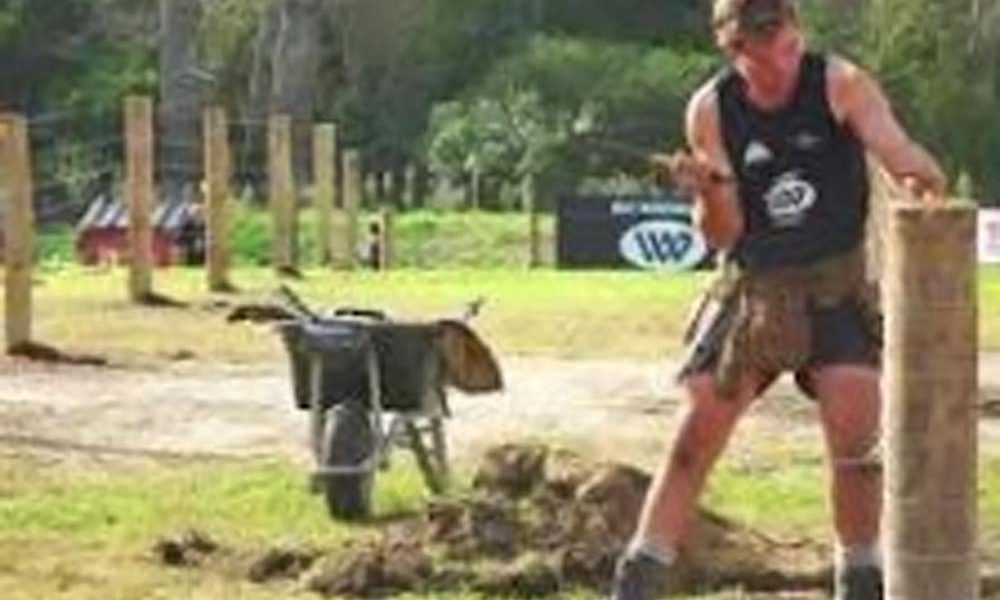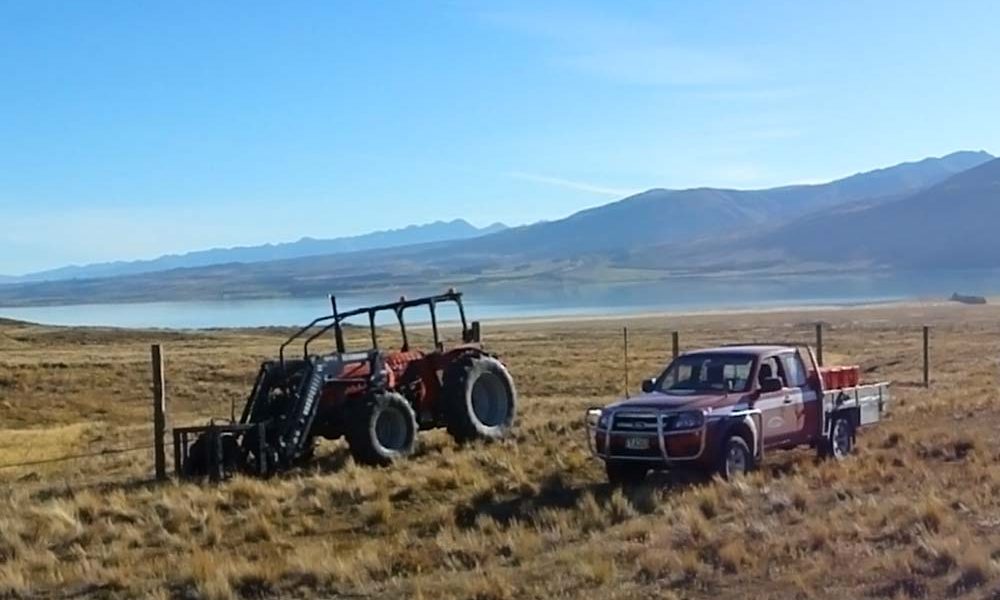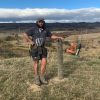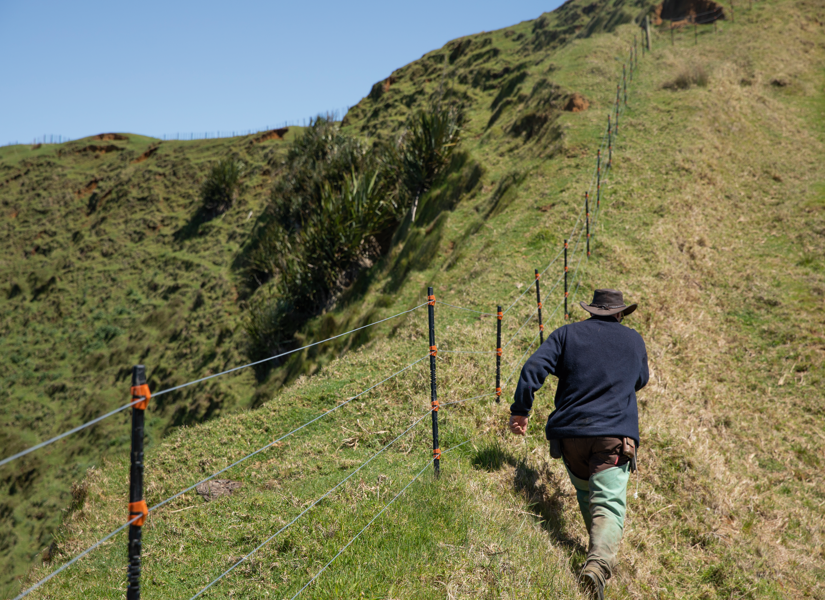
Fencing in New Zealand demands gear that works with the land, not against it. Tight deadlines, tough terrain, and high customer expectations call for equipment that installs quickly, holds strong, and lasts the distance.
Tested in real-world environments, Gallagher products are built to help contractors work faster without compromising on strength or finish.
Voltage performance starts and ends with solid electrical connections. Gallagher’s heavy-duty joint clamp is built for dependable conductivity across multiple joins, maintaining consistent voltage along the fence line. “Poor connections can be incredibly hard to track down and fix, costing contractors time and potentially damaging their reputation,” Troy explains. “Our clamps are engineered to bite down and stay tight, so power stays where it’s needed.”
Gallagher’s end-of-line systems, such as the high strain insulator kit and insulated wire strainer kit, come pre-assembled with integrated insulators and wire rope, and a built-in heavy-duty joint clamp. This integration removes the need for hand-tying and separate clamps, improves finish consistency, and ensures uniform tension every time. “On a long run, the ability to clip, strain, and move on without extra tools can save hours on a project – and those efficiencies really stack up over a season,” says Troy Batters, Gallagher’s Fencing Product Manager.
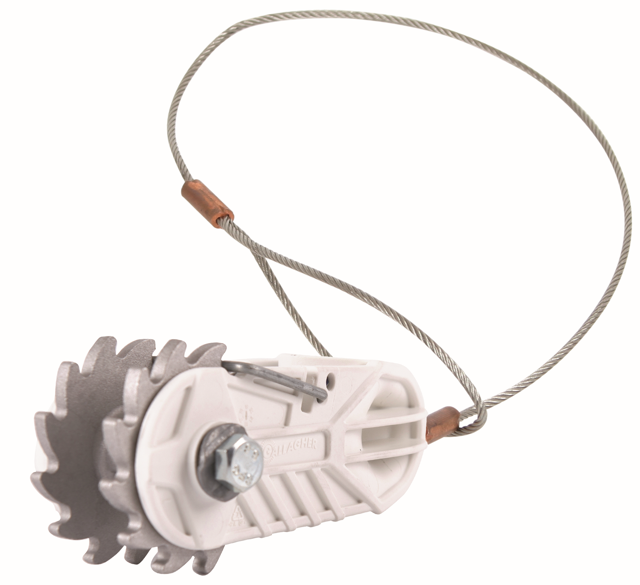
In country that’s steep, wet, or coastal, Gallagher’s Insulated Line Posts make fencing possible where traditional methods may fall short. No separate insulators, and no need for heavy equipment – just drive them in and clip off. Their lightweight build makes them easy to carry over rough terrain, while the flexible fibreglass core maintains line integrity on uneven ground. Fully insulated and UV-stabilised, they stand up to tough weather and coastal conditions without rust or corrosion. Snap-on insulators mean no nails and no protruding parts, improving safety for both stock and handlers – a key reason they’re increasingly used for equine fencing. “Once you’ve worked with them, you quickly see how much time they save and how versatile they are,” says Troy, “They open up fencing options in places you might have thought were too difficult or expensive to tackle.”
For electric systems, earthing remains the foundation. Multiple rods, correctly spaced and driven deep, deliver the best results. In dry or sandy soils, pairing this with an earth return wire system ensures animals complete the circuit wherever they touch. Many performance issues can be traced back to poor earthing – getting it right from the start avoids troubleshooting later and keeps fences working at full strength.
At Gallagher, the measure of success is simple: fences that go in faster, perform better, and stand the test of time. It’s about delivering the kind of reliability contractors can build their reputation on – season after season.
Supplied by:
Published in WIRED issue 78/September 2025 by Fencing Contractors Association NZ
You may also like: Revolutionising remote fencing with Gallagher’s new ‘talking fence’
Read WIRED online
Follow us on Facebook
© Fencing Contractors Association NZ (FCANZ)


